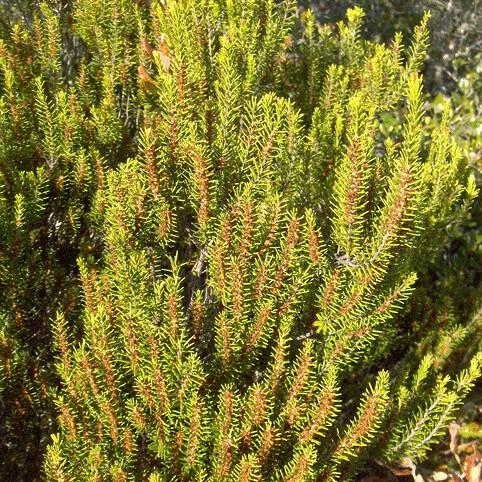
Sand Heath
Ceratiola ericoides
Watering:
Minimal
Hardiness Zone:
Sun:
full sun,part shade
Leaf:
Yes
Growth Rate:
Low
Salt Tolerant:
Yes
Invasive:
Yes
Care Level:
Medium
watering
Large Field Chickweed should be watered whenever the top soil begins to feel dry. During the summer months, they may need to be watered more frequently than in cooler times of the year. Start by watering the plant deeply and thoroughly and then wait a few days to check the soil again. If the soil remains dry, provide additional water. It is important not to overwater, as too much water can cause root rot.
sunlight
Large Field Chickweed is a sun-loving perennial plant, which performs best when exposed to 6 or more hours of direct sunlight each day. This plant is able to withstand full sun as well as shade, but prefers longer days of full sun to encourage abundant flowering. In areas with extremely hot summers, some afternoon shade may be beneficial for this plant species. The amount of light needed to maintain a robust growth habit depends on the region and climate of its surroundings. If unsure, you can start off with 4–6 hours of direct sunlight each day and then increase the amount of sunlight after adjusting for your local conditions.
pruning
Large Field Chickweed (Cerastium velutinum) should be pruned in the spring, before the growing season, to promote overall plant growth and ensure that it looks its best. To achieve the best possible results, start pruning in late March or early April.To start, carefully prune your plant back to encourage new growth. Take care to angle your pruning cut so that the bottom of the plant does not become too dense or overcrowded. Make sure to remove all dead, diseased, or damaged tissue. This will help ensure the health and overall well-being of your plant. Once you have pruned your Large Field Chickweed (Cerastium velutinum), it is important to follow up with regular maintenance. Take care to remove any weeds or debris that has settled around the plant, as this can stunt growth. Additionally, keep your soil well-mulched and top-dress with a light layer of compost. This will help to keep your plant healthy and maximize its growth potential.
